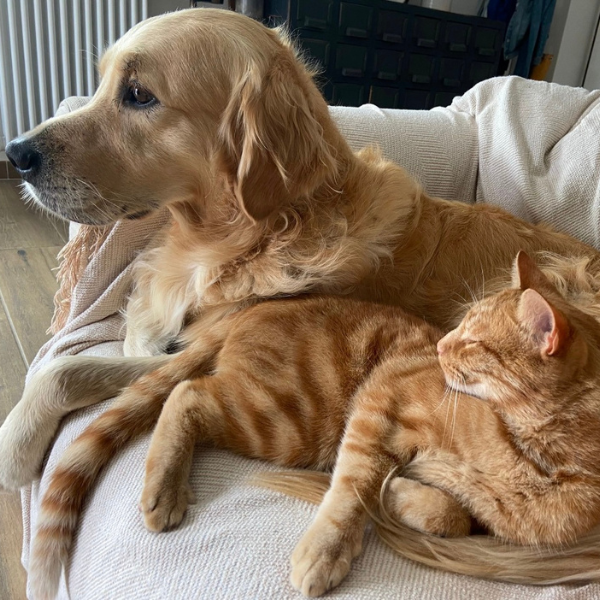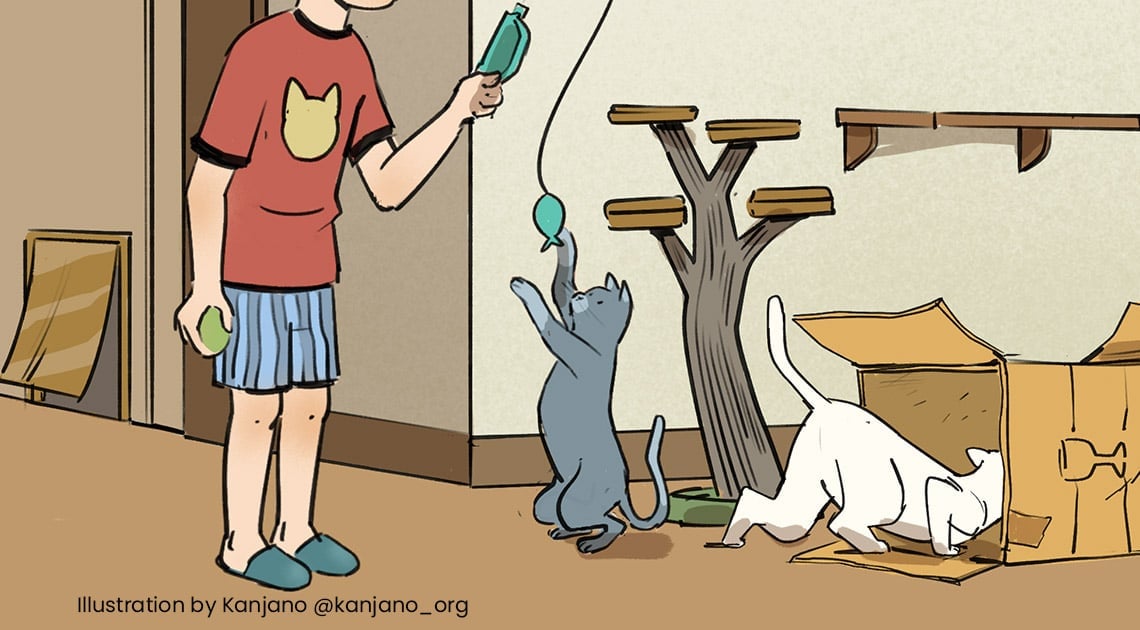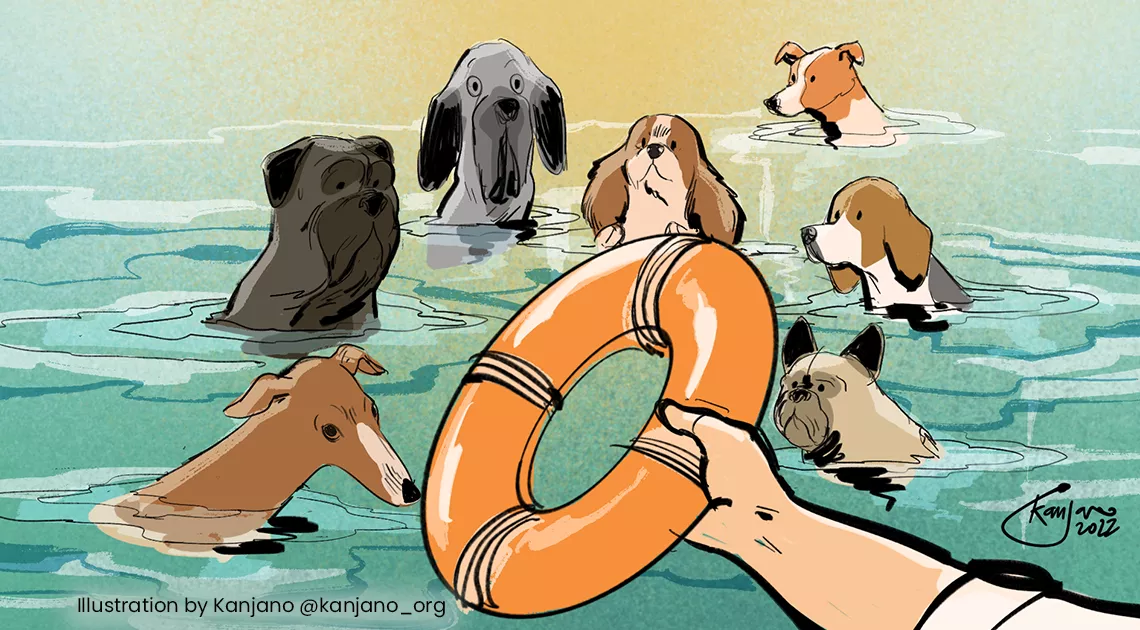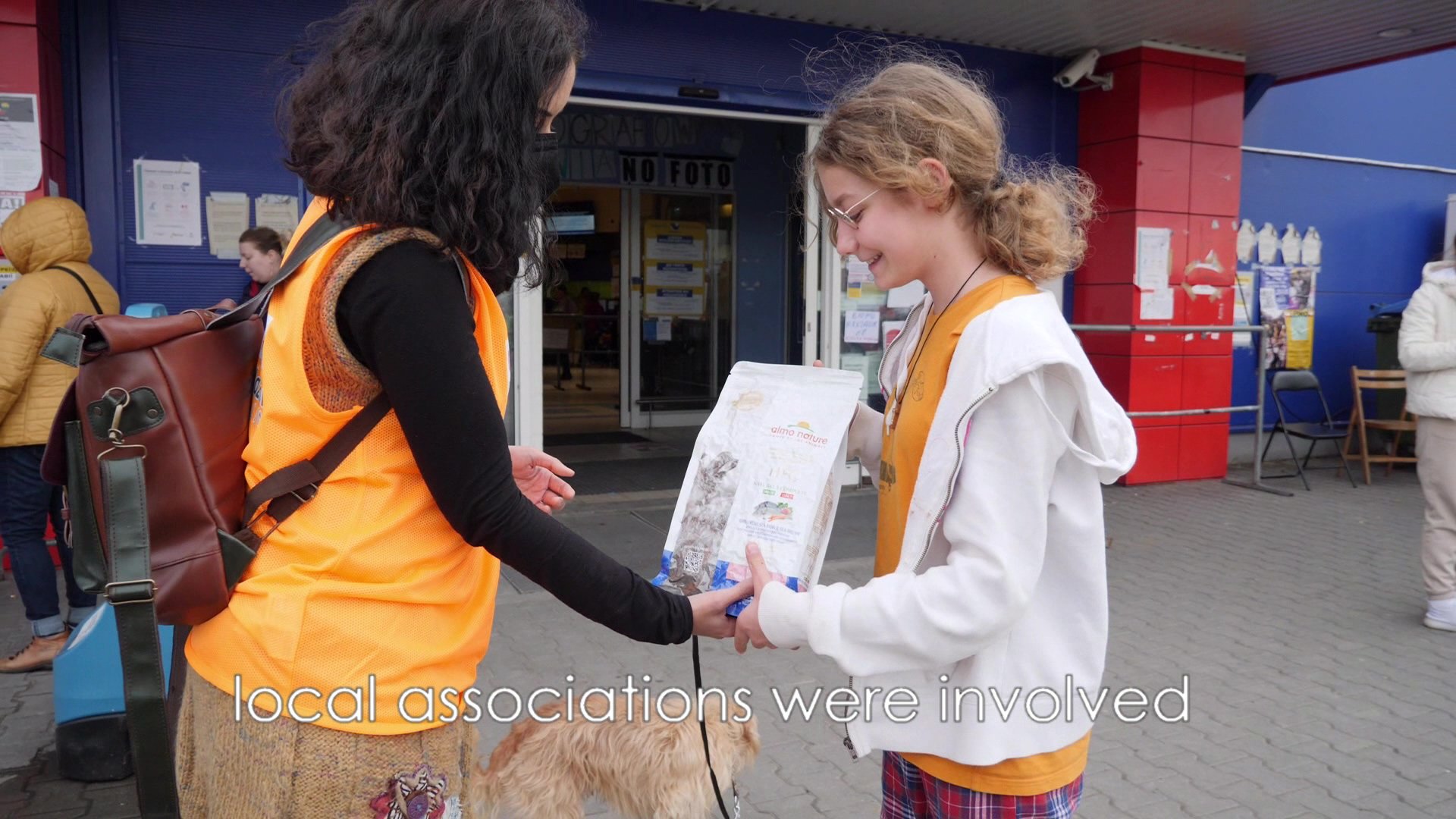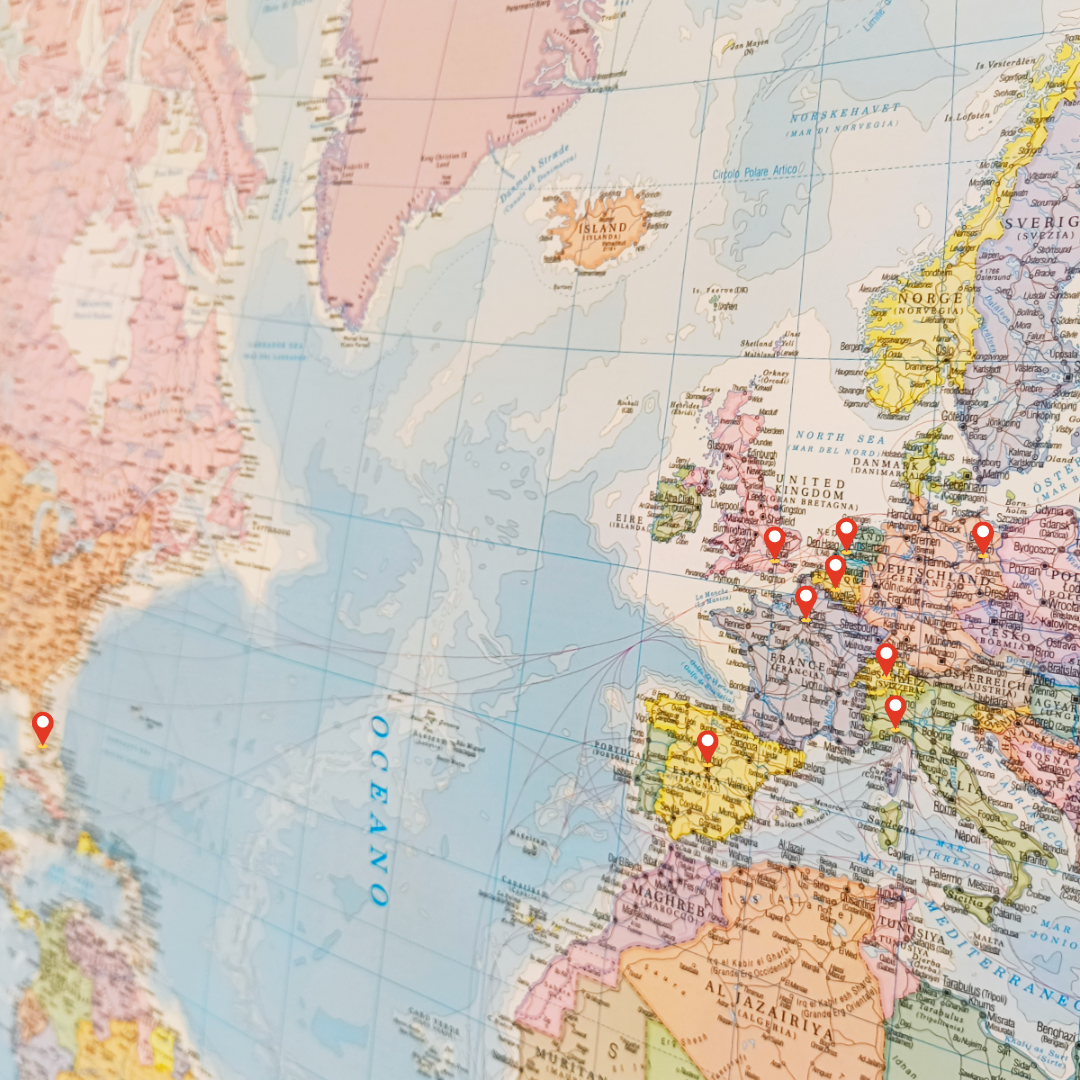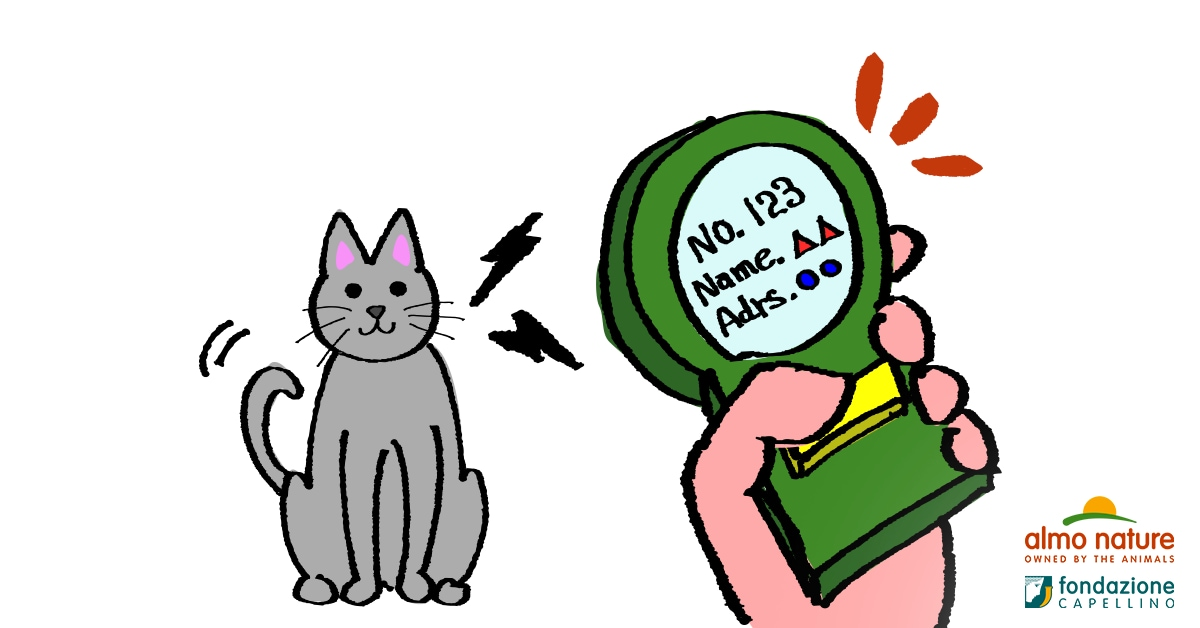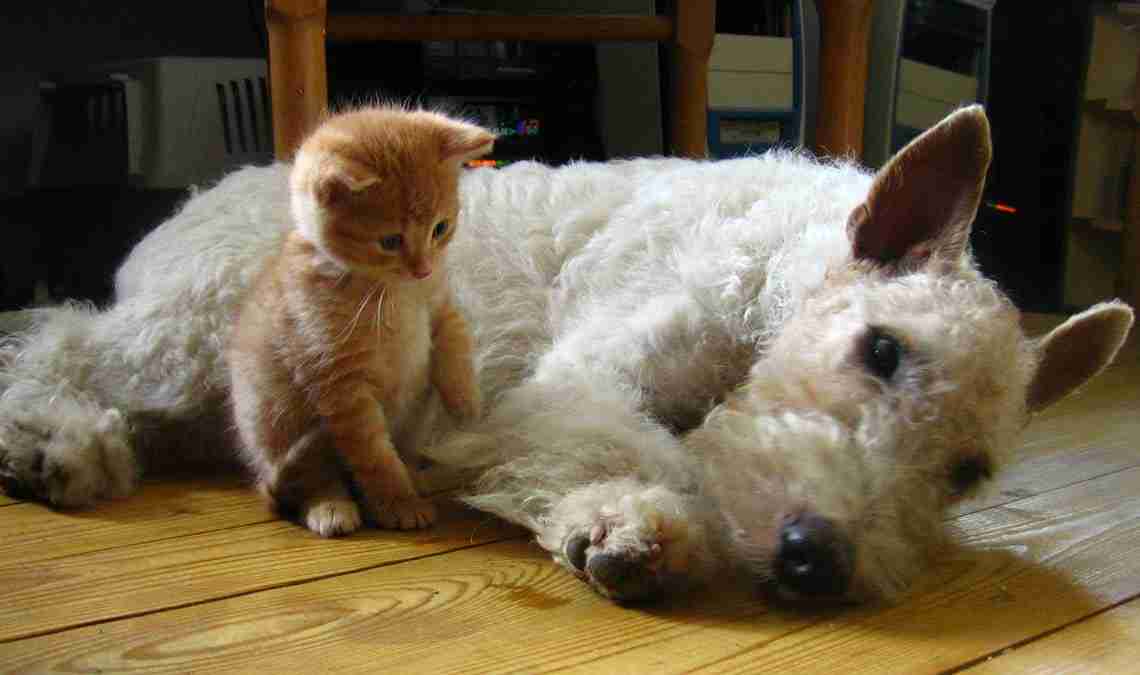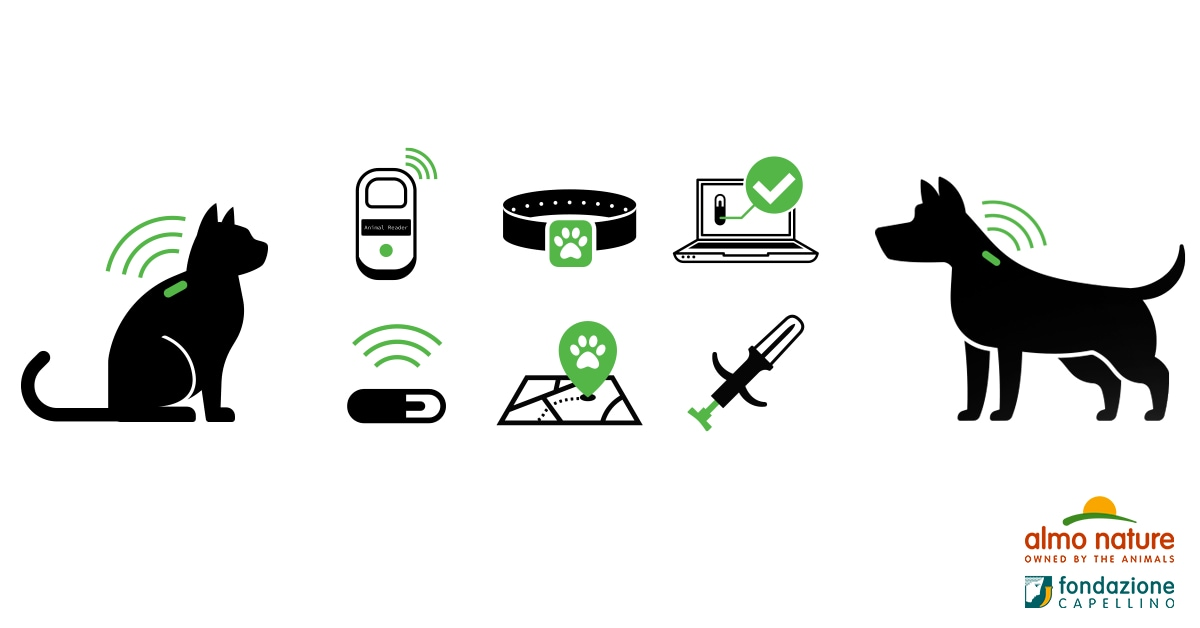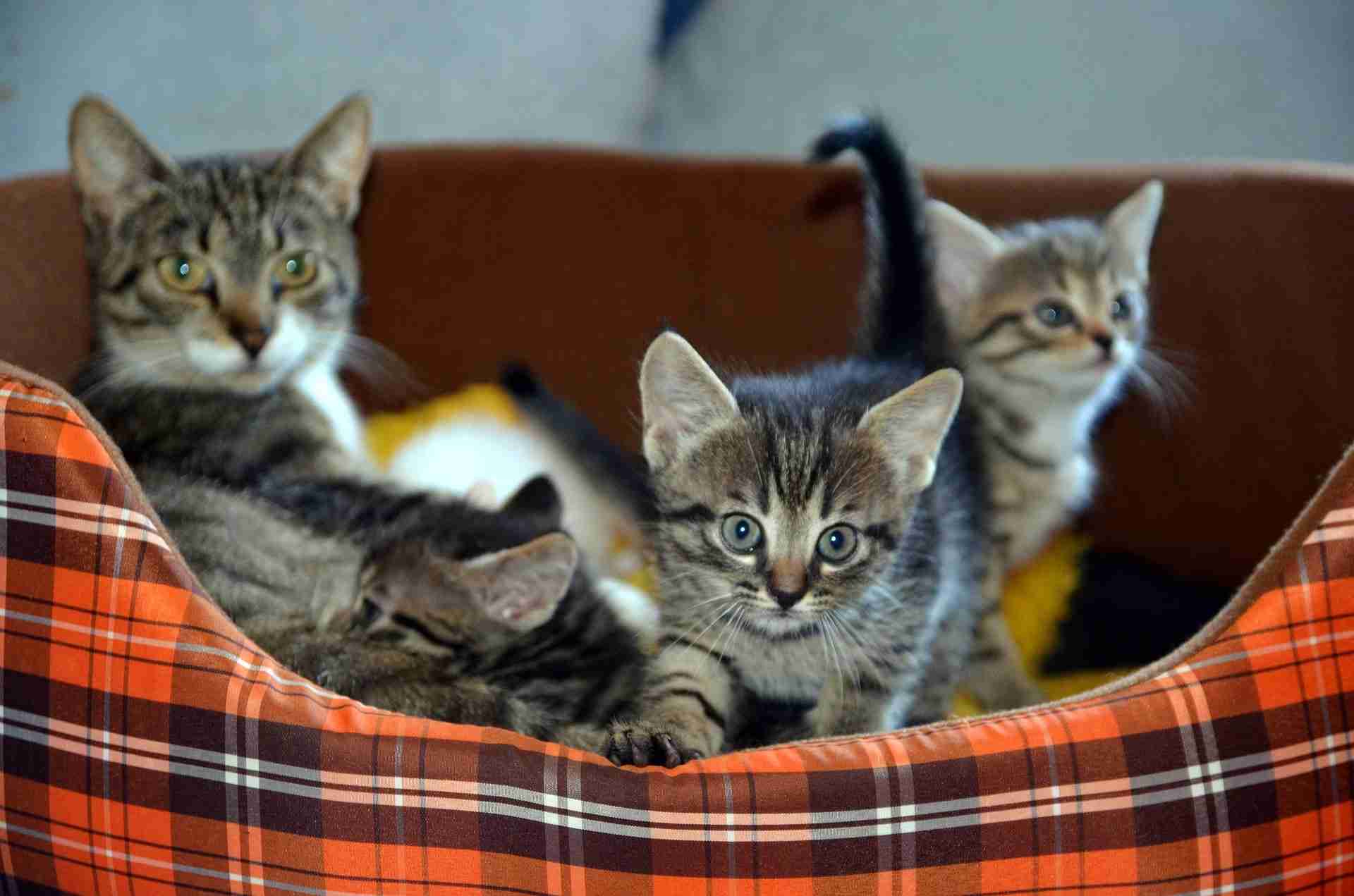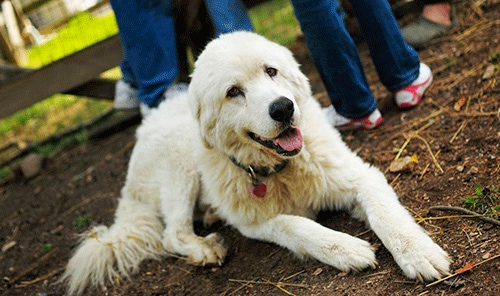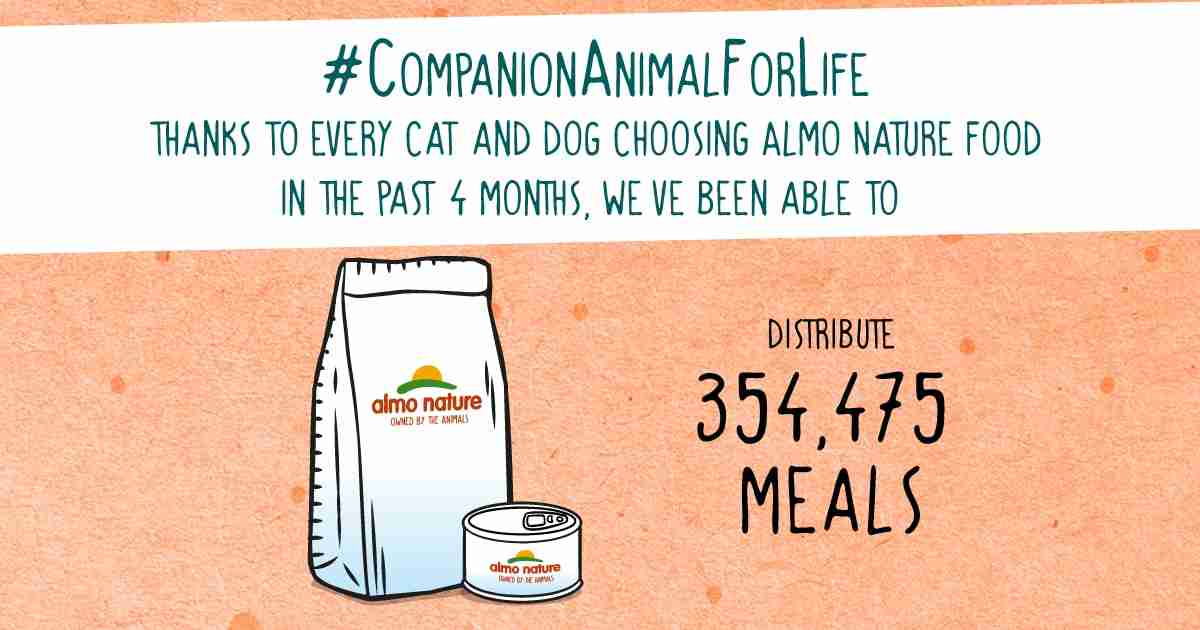Companion Animal For Life: why it's important & what's the project's purpose

This is why we launched Companion Animal For Life across Europe.
Every step we take is for the benefit of animals and we let their perspective on the world lead our actions. We want animals to be our companions for life and we want them to enjoy a world with thriving biodiversity. Our project started off by offering food to animal shelters and associations in emergency situations, but we soon realised we had to do more than offering help in specific times of need.
The Companion Animal For Life project is now a European project aiming to stop the abandonment of cats and dogs, and changing the attitude towards them. In this blog we both discuss the issues that have led to the conception of the project as well as the solutions it intends to provide.
Issue 1: Thousands of companion animals are abandoned every year
Solution: Responsible ownership
Despite a clear lack of official numbers and statistics it's widely known that thousands of cats and dogs are abandoned on a daily basis all across Europe. Abandonment is not something that just happens, it happens because there is a lack of respect and understanding of what it means to look after an animal. People who decide to take a cat or a dog do this out of love and want to welcome a furry companion in their lives, but often underestimate the level of commitment, money, and work that’s involved in doing so. They often realise this when it's already too late and decide to abandon the animal. A heart-breaking decision for the person, and a devastating decision for the animal. This is something that is widespread throughout Europe and simply happens too often:
Animal rights organisation PETA UK estimates there is a total of 100,000 homeless cats and dogs living in the UK. This includes feral animals, as wells as, animals that were simply abandoned to fend for themselves and suffer from hardships associated with this enforced lifestyle: car accidents, overheating, dehydration, attacks from other animals, contracting diseases and getting killed or mistreated by humans.
But Italy easily outshines France. Research by animal rights organisation LAV indicates an annual number of 130, 000 animals who are abandoned each year, especially during the summer months and the hunting season
The Netherlands is the smallest country partaking in the project and doesn’t have a stray dog population. However, it still reports a total of 8000 abandoned dogs on a yearly basis.
Companion Animal For Life aims to:We believe that companion animals are part of our family and they deserve our love and respect until they get old and pass away. Choosing to care for a companion animal should come with the realisation that they need to be taken care off, for better or worse, and that their dedication to us, will cost time, affection, and money. Our project promotes responsible ownership, which means thinking about the long-term consequences of caring for an animal and thinking about their interests, not ours.
What everyone can do to help:
Animal abandonment is caused by humans and their choices, there are no external factors involved, so the only way to solve the issue is by informing people and helping them to make better choices.
Companion Animal For Life works with a range of experts in order to raise awareness about responsible ownership and what that entails in the hope of helping people to be better companions to animals.
We do so by working with public authorities, animal welfare organisations and industry experts.
What you can do to help:
Ensure your free roaming animals are spayed and neutered to prevent unwanted litters, and support local initiatives to spay and neuter stray animals.
Issue 2: A shocking number of stray animals roam the streets of EuropeSolution: Mandatory identification and Registration (I&R)
Stray animals and abandoned animals are related subjects but they can have different origins. The Netherlands, for instance, has thousands of feral cats. When these animals breed (with each other or with free roaming house cats), their populations grow and/or result into unwanted litters and an ever-increasing number of animals that can’t be taken care of. If you think “what’s a few more kittens or puppies”... think again, because one couple can produce 20,000 cats in just 4 years….
Feral cats and dogs have a hard time living in the streets, they have to battle each other for food and territory, and often suffer from starvation and illnesses. Humans also form a constant threat to them since there are people who don’t enjoy their cries in the night or finding their droppings on their terrace.
The best way to manage feral cat populations is by preventing them to expand. Organisations across Europe ensure these populations don’t grow by taking them off the streets through the TNR method, meaning the animals are Trapped, Neutered and Returned the areas in which they were found. This is considered the best way to combat the issue as it simply prevents them from breeding. Despite the harsh realities of life on the streets, feral cats are often not re-homed with humans as they are simply not equipped to live in a domestic environment. The TNR method is the most animal friendly method of ensuring they can lead their lives without producing more (unwanted) animals roaming the streets.
The number of stray animals varies throughout Europe, with some countries having more stray cats and other countries having more dogs. There is no clear data on the issue because it’s hard to keep track of the numbers. But the numbers that are available paint a clear enough picture:
Italy
The latest data from Italy dates from 2006 and estimates a population of 2.5 million stray cats. The latest data on the stray dog population dates back from 2012 and estimates there are 500,000-700,000 stray dogs residing in the country.
France
France has a larger number of stray cats than stray dogs. Efforts to tackle the issue are being made by associations and animal protection organisations throughout the country. Numerous efforts to promote the sterilisation of cats are not helping. The majority of cat owners refuse to spay and neuter their companions, resulting in a population of 13 million domestic cats living in households and a population of 11 million cats living in the streets. Find out more in this article.
Germany
Germany doesn’t have any stray dogs, but it has a significant number of stray cats living in the streets across the country. The latest figures estimate a population of 2 to 3 million. Efforts to reduce the number of strays are made by a range of different organisations. Keep reading for more information on the Vier Pfoten (Four Paws) website.
Companion Animal For Life aims to:
Promote mandatory Identification and Registration (I&R) regulations in every European country to ensure free roaming animals can no longer breed with stray cats and dogs.
What you can do to help:
Ensure your free roaming animals are spayed and neutered to prevent unwanted litters, and support local initiatives to spay and neuter stray animals.
Issue 3: Overbreeding
Solution: Always choose to adopt, not shop
Breeders and the pet industry are major contributors to animal welfare issues. They bring more animals into a world that is already struggling to find homes for the existing animals. The illegal puppy trade is one of Europe’s biggest organised crime operations and it makes millions due to loopholes in the system designed to tackle it. The dogs and cats in puppy and kitten mills produce litters in awful circumstances and the animals bred by breeders have a chance of either becoming homeless themselves or fill homes that could have gone to those who are waiting in shelters. The biggest problems for consumers? It’s near impossible to determine where an animal has come from and whether a breeder is really as good as they claim.
It is difficult to find numbers on the illegal pet industry as it’s called illegal for a reason but the numbers that are available paint a scary picture. Take France for instance: the latest figures estimate that a number of 50,000 to 100,000 dogs are imported into the country illegally, on a yearly basis. This number only takes the animals into account that are imported from eastern European countries and doesn’t include the number of animals who are bred at illegal facilities in France itself. The demand for pedigree puppies in France is gigantic, with a number of 400,000 request per year. Legal breeders are only able to provide 100,000 puppies per year. We will leave it up to you to do the maths considering only 100,000 puppies can come from legal breeders.
Take a look at the Four Paws website for more information on their campaign against the illegal pet trade.
Companion Animal For Life aims to:
Developing an official European database for dog and cat breeders, accompanied by set rules and regulations that will prohibit illegal breeding and facilitate prosecution.
What you can do:
Sign petitions that demand better regulation on breeders and share our stories about adoptions.
The European Companion Animal For Life project aims to achieve its goals through the above series of interlinking actions. Please take a look on our project website and our blog about subjects such as responsible ownership, Identification and Registration (I&R), and spaying and neutering.

